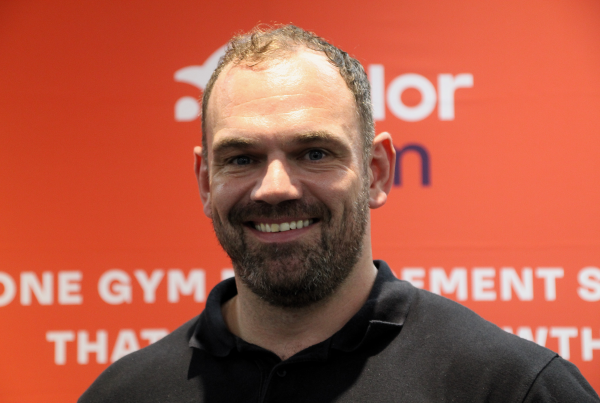By Alex Lucas, Senior Research Analyst, ukactive Research Institute and Rebecca Hyrslova, Policy Advisor at the Federation of Small Businesses
In early June, ukactive published The Active Workforce – its inaugural research report focusing on workplace physical activity opportunities in small to medium sized enterprises (SMEs) and the role of the fitness and leisure sector.
The report indicates that SMEs face very different challenges with supporting their staff to be physically active, compared to larger organisations – challenges that centre around having smaller budgets, less resource and also less knowledge of where to look or find opportunities suitable for their company size. Close to a third (32.4%) of SMEs surveyed did not feel their organisation has the support it needs to support its own employees.
Businesses and employers have an active role to play in stepping up and supporting work environments – whether that’s in a physical location or remotely – that allow employees to take the time to look after their own health. This is especially the case since the COVID-19 pandemic, which research has demonstrated has reduced opportunities to engage in regular or incidental physical activity throughout a working day due to the increase in hybrid working.
An inactive workforce can impact not just individual and business performance and health, but can have a knock-on effect on the country’s overall economic wellbeing and productivity.
Research statistics released in July by the Office of National Statistics (ONS) indicate that long-term ill health accounts for over four fifths of economic inactivity in the UK. A report published by Deloitte in June, commissioned by the IHRSA and Global Health & Fitness Alliance, indicates that productivity loss in the UK due to a lack of sufficient activity was valued at $16.5bn (£13.5bn) per year. Physical inactivity in the UK was estimated to cost the healthcare system $4.3bn (£3.5bn) annually, of which $3.6bn (£2.9bn) is borne by the public health system.
Conversely, investing $1,700 (£1,389) in successfully helping an inactive person become active results in a payback period of less than one year, on average, in terms of benefit to the overall economy and to society. This highlights the vital role that supporting workplace physical activity can have in overall health. It also demonstrates the key role supporting an active workforce can have in helping the UK Government achieve its objectives of improving wellbeing, healthy life expectancy, and productivity, as laid out in its ‘Levelling Up’ agenda.
The Active Workforce highlights eight recommendations to government, health sector organisations and business umbrella groups, the fitness and leisure sector and employers of SMEs, of how to support opportunities for employees to be active during the working day. This report is the culmination of a research consultation conducted by the ukactive Research Institute, in partnership with Sport England and with support from the Confederation of British Industry (CBI) and the Federation of Small Businesses (FSB).
For employers, it recommends that they focus on providing staff with the permission and time to be active during their day. It is suggested employers both role model active behaviours and provide the verbal permission that taking time to be active is allowed and accepted. Alongside permission, giving time is seen as an essential enabler to being active – through allowing staff time (e.g. through meeting-free days) or flexibility to use time the way they want (e.g. flexible working). These recommendations focus on the small steps smaller businesses can take to begin to build a culture that is geared towards health in the workplace.
However, the responsibility does not solely fall on employers to achieve this. Businesses need support from government, and they also need support from the fitness and leisure sector and the expertise and relevant services they offer. Of the SMEs surveyed for the report, nearly a quarter felt support should be provided by the Government or government health bodies (23.6%), followed by governing or membership bodies (20.1%) and the physical activity, fitness and leisure sector (18.6%).
The breadth of The Active Workforce recommendations points to the important role that different sectors and organisations have to play in this agenda, and hence the need for partnerships to facilitate collaboration and joined-up thinking across these sectors.
Local partnerships between business and leisure are one way to do this, and, as a recommendation made in the report notes, are one of the ways ukactive can work to support its membership and the sector to grow. The creation of opportunities that allow the fitness and leisure sector and the business community to co-design and interact could maximise both the exposure of the sector’s services, and SMEs’ access to these services. Utilising partnerships could allow targeted promotion of existing sector services to SMEs, and the integration of physical activity offers into holistic programmes, as the report recommends.
This report provides the first stepping-stone in a direction of collaboration and partnership with the fitness sector and businesses. The conversation does not stop here – in fact it’s only just started – and we want to ensure that small businesses are at the heart of creating solutions that work best for them. Based on the report findings, FSB and ukactive have developed a practical resource with tips for small business employers of how to begin to support their staff to be active at work, which can be found here. This forms part of FSB’s Wellbeing Hub . Take a look, and we welcome feedback and thoughts.

More People More Active More Often




